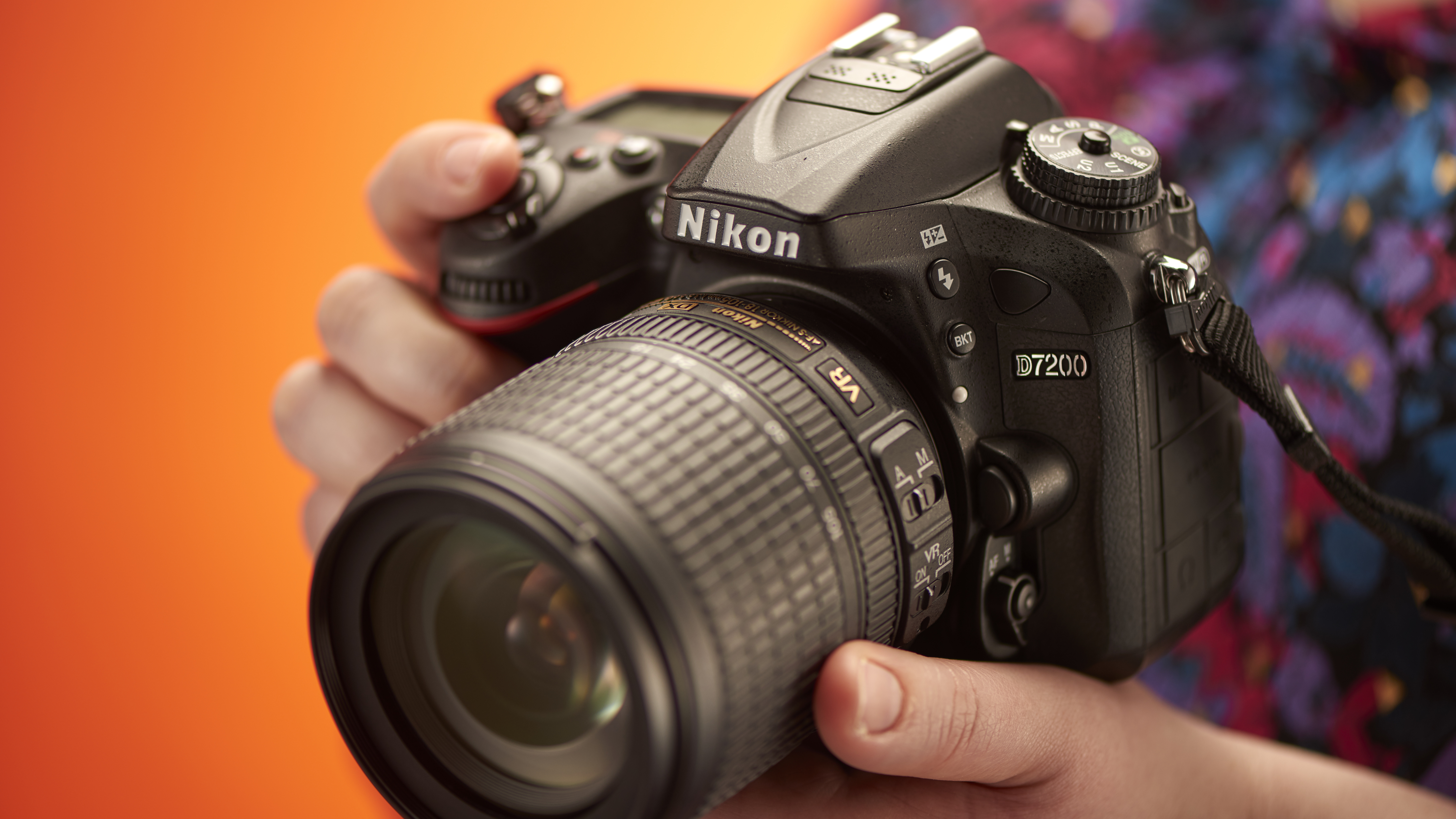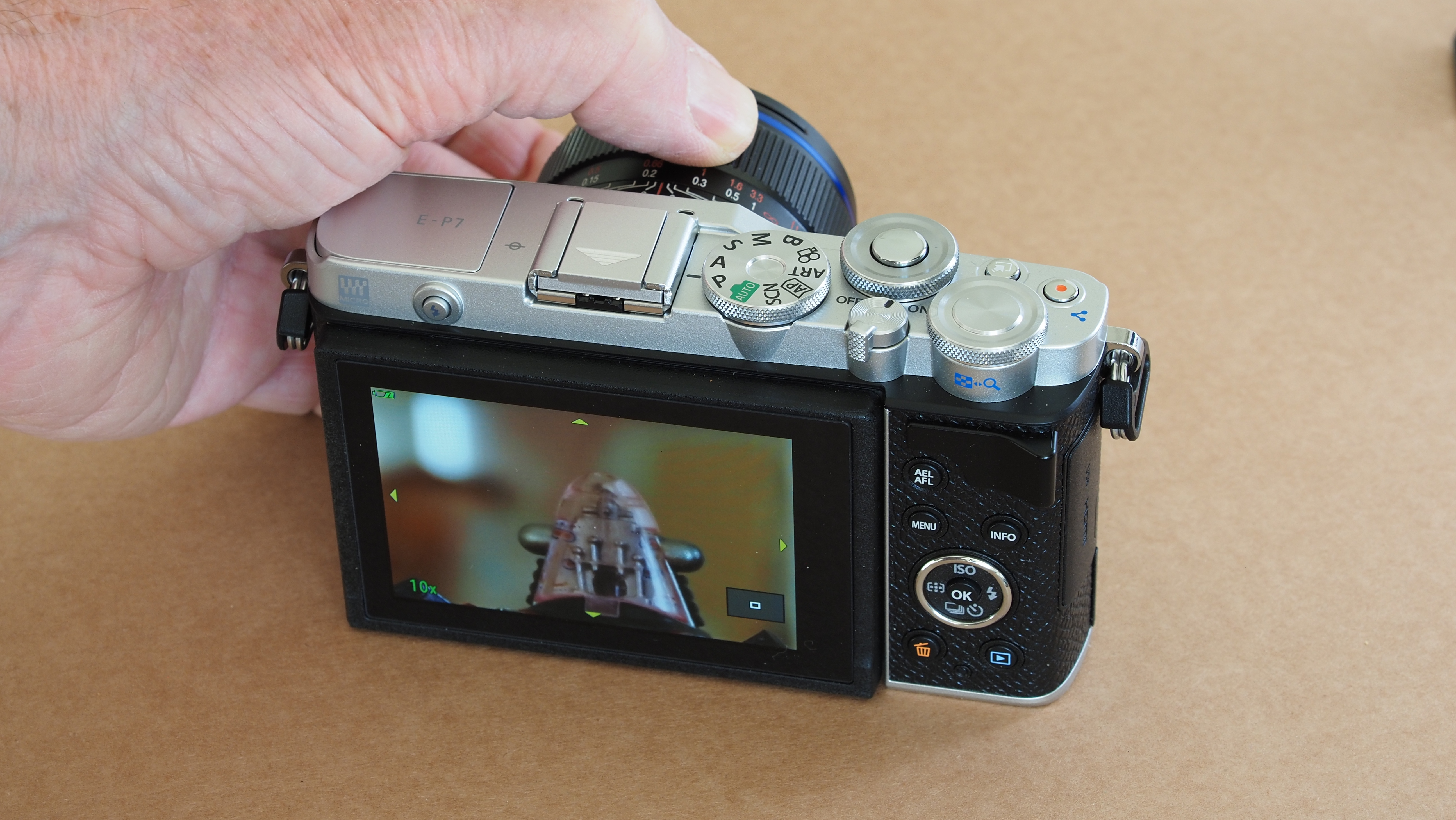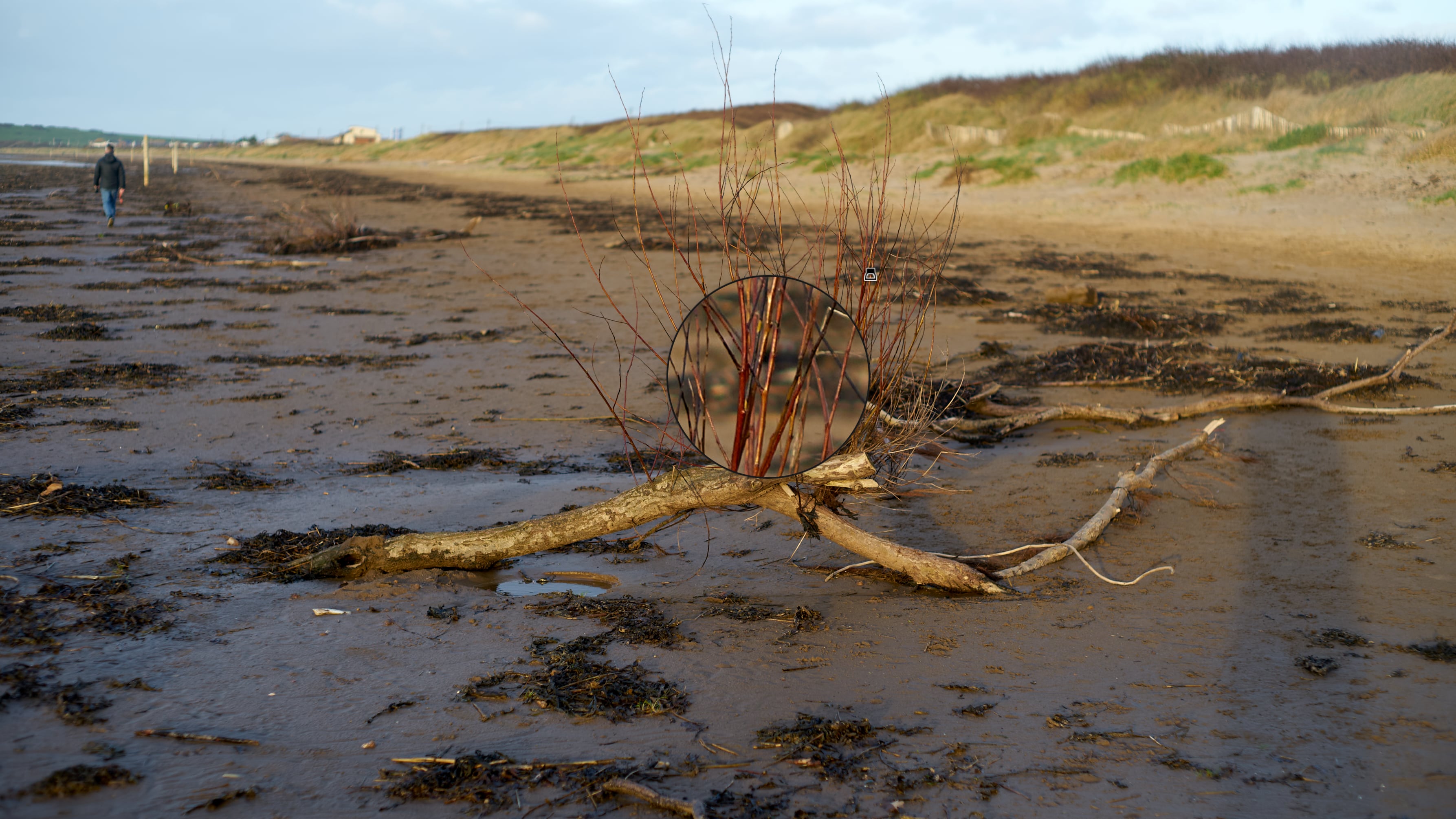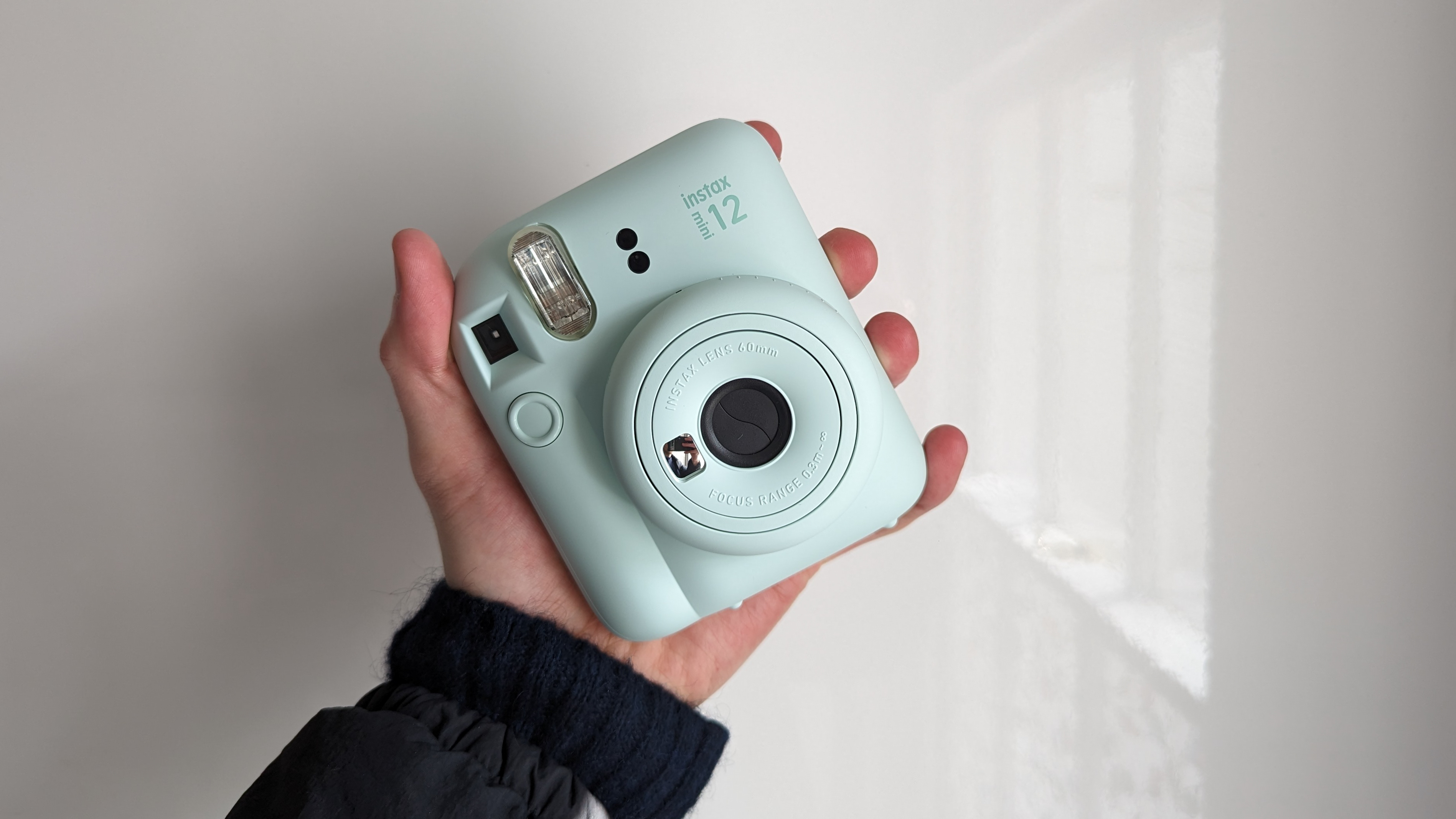I love DSLRs but mirrorless cameras are so much better at manual focusing
Sorry, but optical viewfinders just can't offer the magnified precision of EVFs

I started with 35mm film SLRs, where focusing screens were twice the size they are in modern DSLRs, and even then focusing was tricky. Matte focusing screens were a bit coarse for fine focus, while microprisms and split image rangefinders (anyone remember those?) started to black out with lenses slower than f/2.8.
Cut to the present day, and even the best DSLRs have crisper, but smaller focusing screens. You can get in the right ballpark very easily, but the fact is that for critical focus you’re going to rely on the autofocus system. You could switch to live view, of course, and magnify the image, but DSLRs are not really designed for live view and boy, don’t they let you know it.
Mirrorless cameras are different. The design differences are pretty obvious but the operational differences are just as significant. With the best mirrorless cameras you can ‘punch in’ to check the focus under magnification very easily, either with the EVF or the rear screen. On many cameras, simply switching to MF and turning the focus ring will trigger focus magnification.
It’s not just quick, it’s extremely accurate. For a start, you’re seeing the focus exactly as the sensor sees it, not via a separate optical system involving a mirror and a focusing screen. Mainly, though, the degree of magnification and the resolution of the magnified image can show up tiny but significant focus shifts you might never have seen before.
So what’s the point? Why not let the camera’s AF system do all the work for you?
Well there’s a whole separate debate here about manual focus and autofocus that we should probably leave for another time. But the purely practical reason why it matters is that there are some extremely good, extremely desirable lenses out there which don’t have autofocus.
Right now I use four. I have a Laowa 10mm f/2 and 6mm f/2 for Micro Four Thirds and a full frame Voigtländer 35mm f/2.5 Color Skopar. The two Laowas are very small, beautifully made and insanely good optically. The Voigtländer is even more beautifully made, and so small it makes the Sony A7 II I use it with look like a tank. I also shoot with an old Pentax K 50mm f/1.7 from the 1980s which I thought was a bit rubbish on a modern camera. But I found out it wasn’t, and here’s how it happened…
The best camera deals, reviews, product advice, and unmissable photography news, direct to your inbox!
Previously I’d used this Pentax lens on an old Pentax K20 and used the viewfinder for manual focus (a bit vague) or the distance scale (vaguer still, it turns out). Then I bought a cheap Pentax K to Sony E adapter at The Photography and Video show, popped on my Pentax lens and took some shots using manual focus magnification.
Wow. It turns out that this 1980s lens is a lot, lot better than I thought it was. It just needs careful focusing. We forget about that with modern AF systems, but if you want to go back to manual focus you do need to pay a little more attention.
I learned some things about my Laowa lenses the same way. These are very short focal length lenses on a smaller-format camera, so pretty much everything should be in focus anyway, right? No. It turns out that at maximum aperture, both lenses need to be focused carefully even on objects 10-20m away to deliver the sharpness they are capable of. I also learned not to pay too much attention to Laowa’s infinity markers – ahem.
The Voigtländer is the same. Focus it properly and it’s a brilliant lens. Use it carelessly and you will think it’s a dud. But you will only find out how good these lenses can be with a mirrorless camera and the precision these bring to manual focusing.
In fact, I think mirrorless cameras can take the credit not only for resurrecting cupboards full of vintage lenses, but for kickstarting a whole new generation of extremely good manual lenses that can now at last be used properly.
Check out the best mirrorless cameras available today

Rod is an independent photography journalist and editor, and a long-standing Digital Camera World contributor, having previously worked as DCW's Group Reviews editor. Before that he has been technique editor on N-Photo, Head of Testing for the photography division and Camera Channel editor on TechRadar, as well as contributing to many other publications. He has been writing about photography technique, photo editing and digital cameras since they first appeared, and before that began his career writing about film photography. He has used and reviewed practically every interchangeable lens camera launched in the past 20 years, from entry-level DSLRs to medium format cameras, together with lenses, tripods, gimbals, light meters, camera bags and more. Rod has his own camera gear blog at fotovolo.com but also writes about photo-editing applications and techniques at lifeafterphotoshop.com



